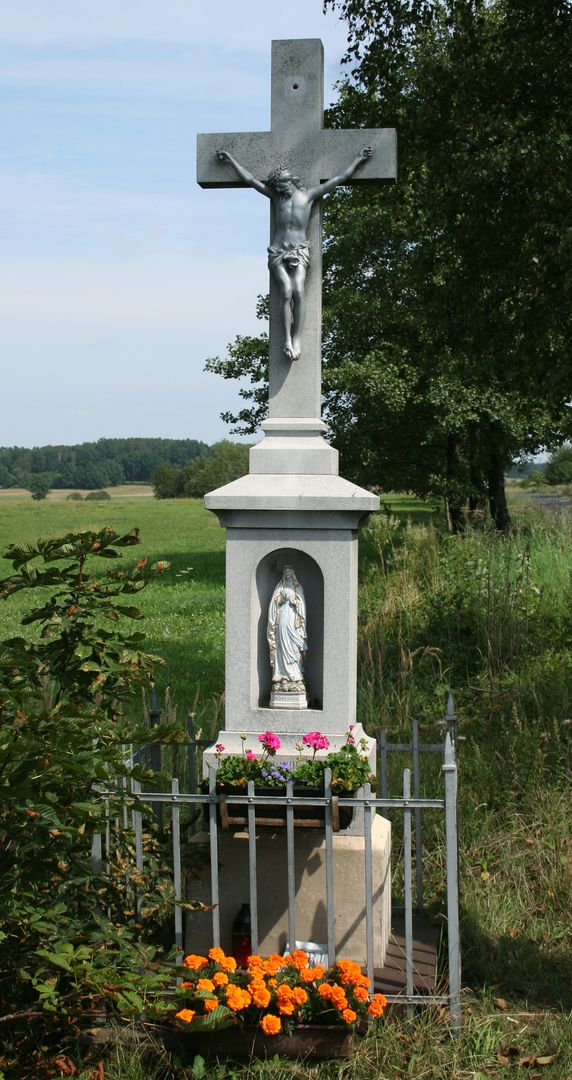Ligota Woźnicka
6.71

Overview
Ligota Woźnicka, also known as Ellguth-Woischnik, is a part of the town of Woźniki in the Silesian Voivodeship, located approximately 2 km north of its center. It has a population of 660 residents and holds the status of a village administrative district (sołectwo). The history of Ligota dates back to the 15th century, although its origins are not fully known; the village might have been established as a new settlement or as a transformation of an earlier one. It is known for numerous legends, such as tales of the "Cross on the Hillock," the cholera plague, and the merchant's curse, which enrich the local folklore and history. In the Middle Ages, Ligota, then referred to as "Lgota," signified relief for its inhabitants, indicating its role as a place with tax privileges similar to today's economic zones. In the 19th century, the village had 105 houses and around 820 residents, and its development was accelerated by fires, which led to the establishment of the Volunteer Fire Department in 1910. After World War II, Ligota was incorporated into Poland, and in 1948, the electrification of the village was completed. Historical events, such as the Third Silesian Uprising and liberation by the Soviet army in 1945, influenced local social life, including economic and cultural activities. In Ligota, there is a chapel of St. Anthony, the patron saint of the village, which was believed to protect the residents from thieves. Today, Ligota Woźnicka is a place with a rich history, full of legends that illustrate the lives of its inhabitants and their struggle for survival and development.
Location
2025 Wizytor | All Rights Reserved